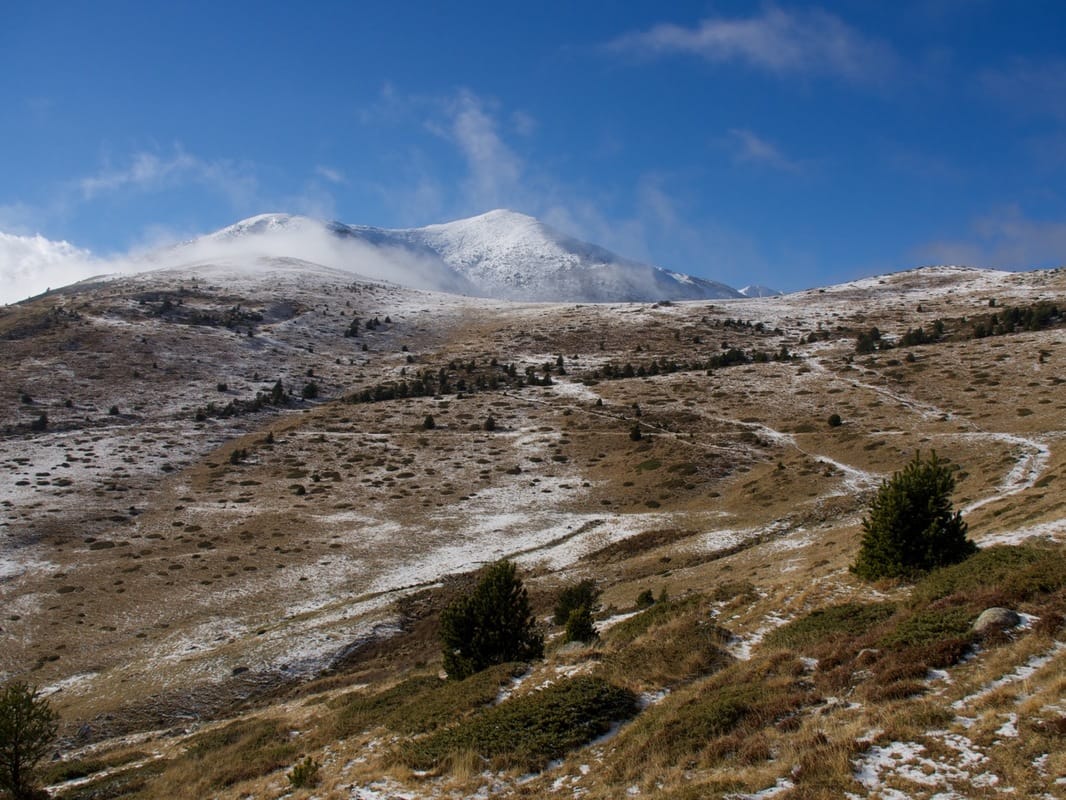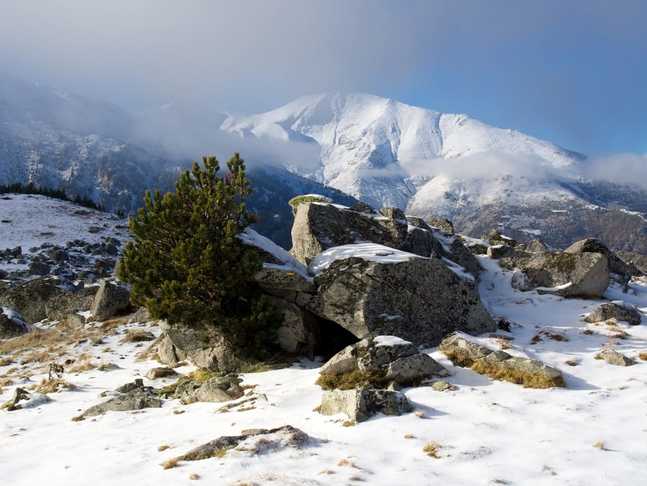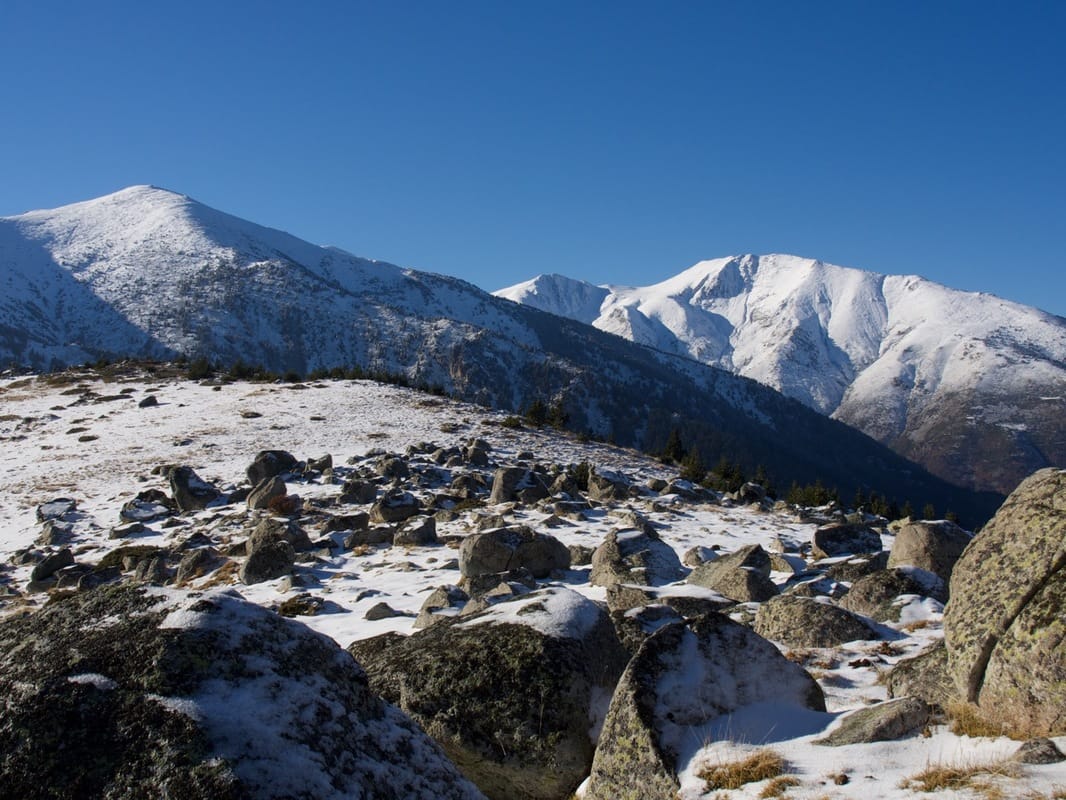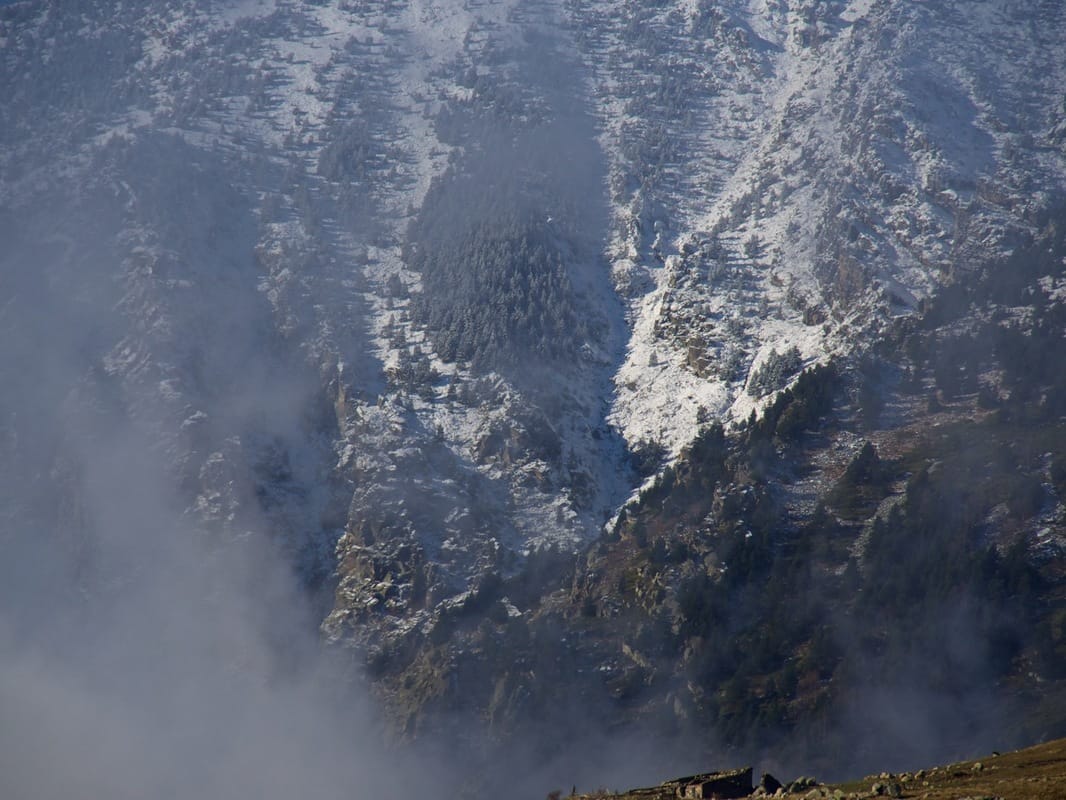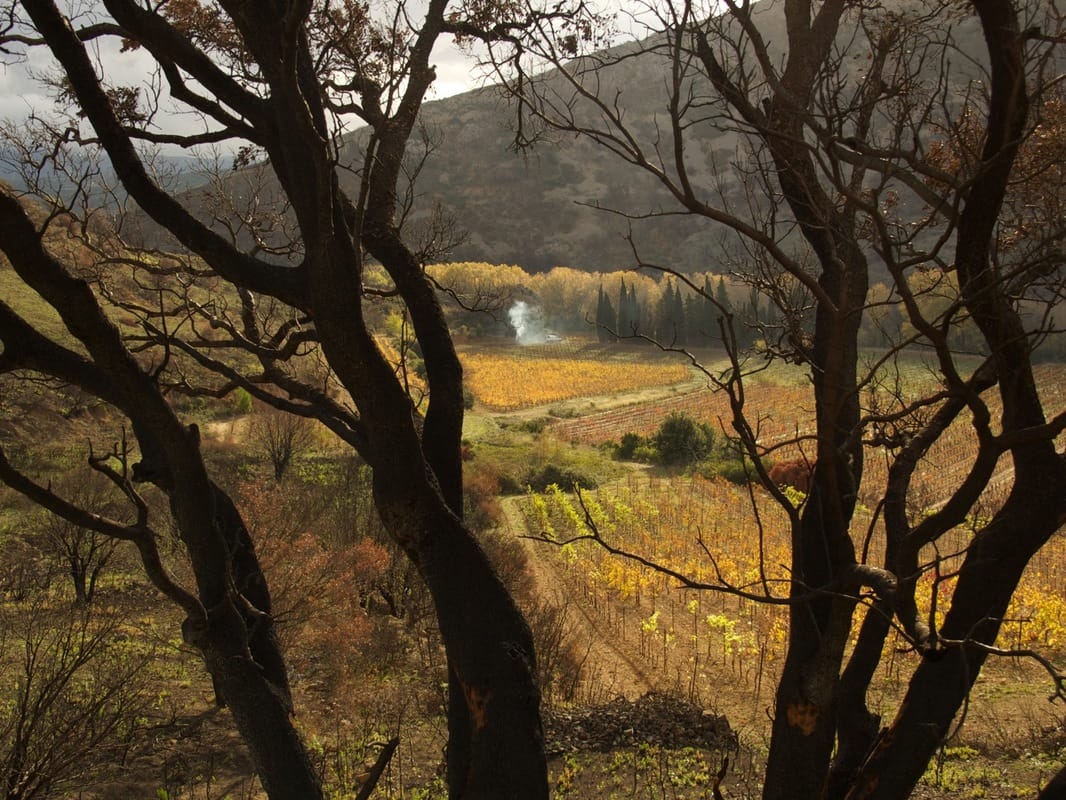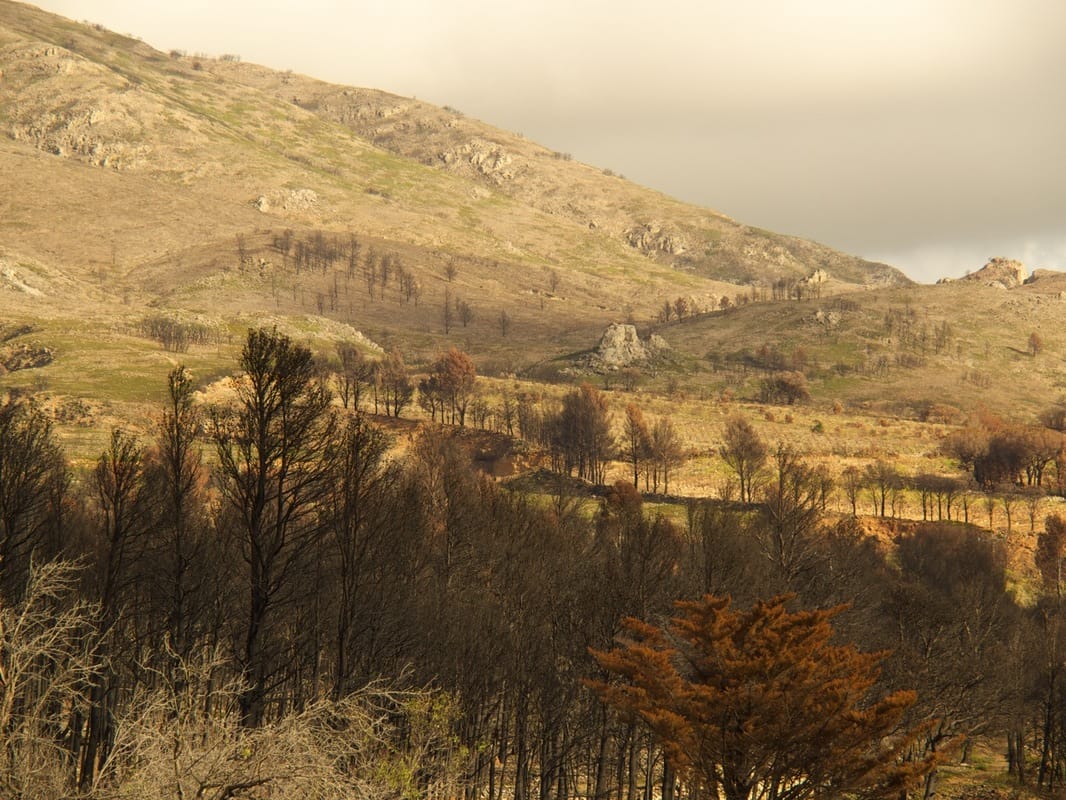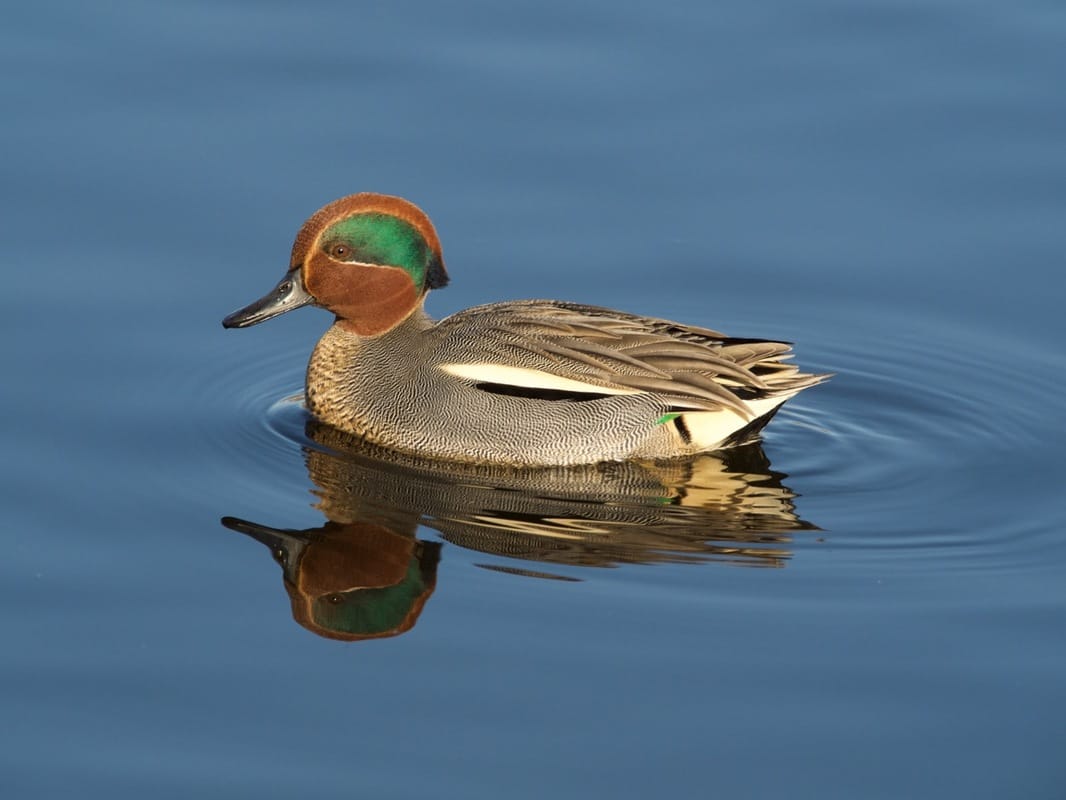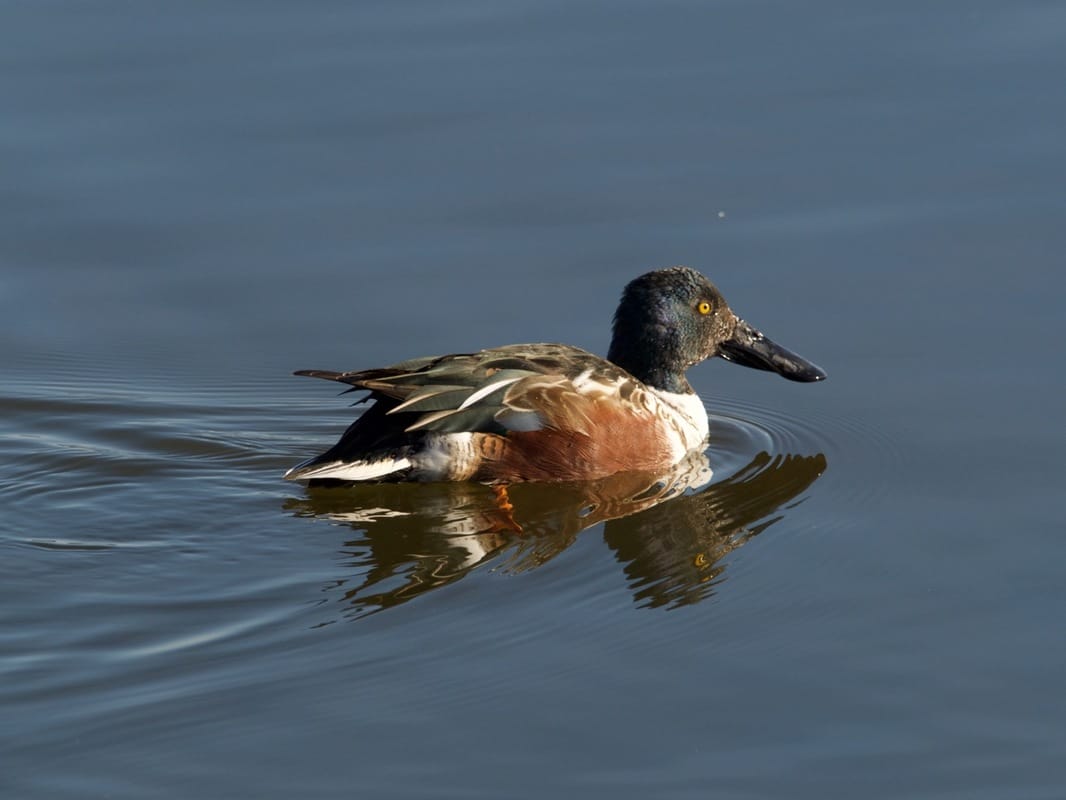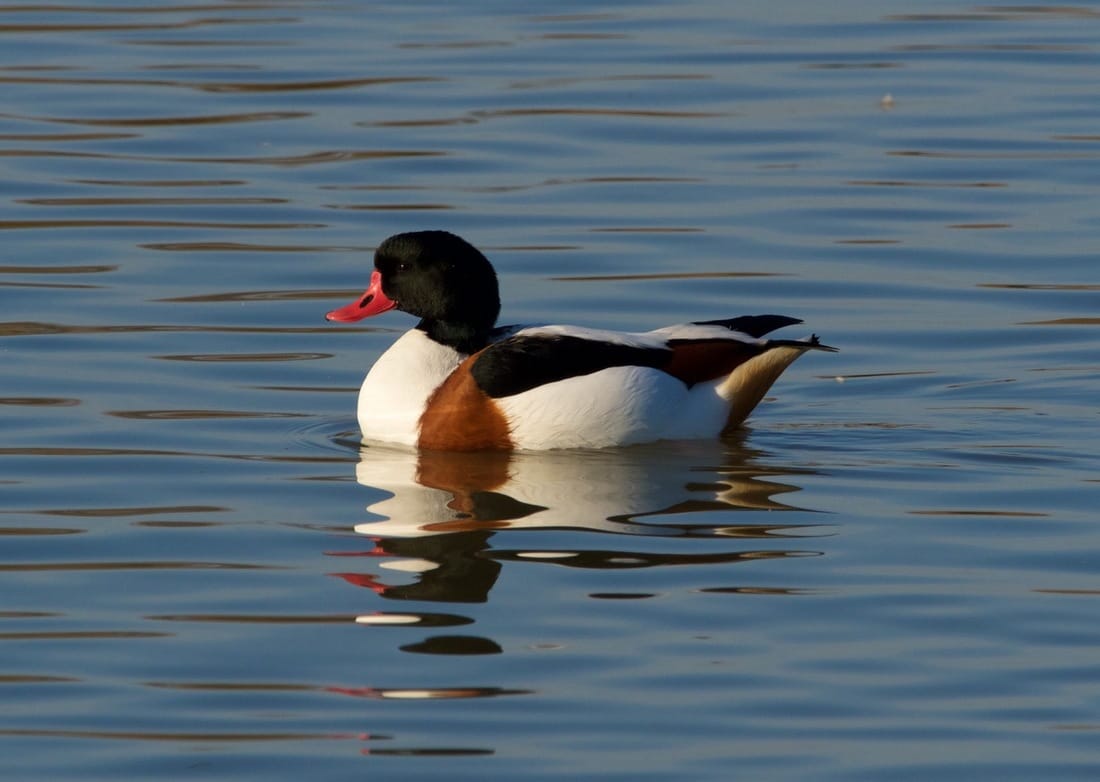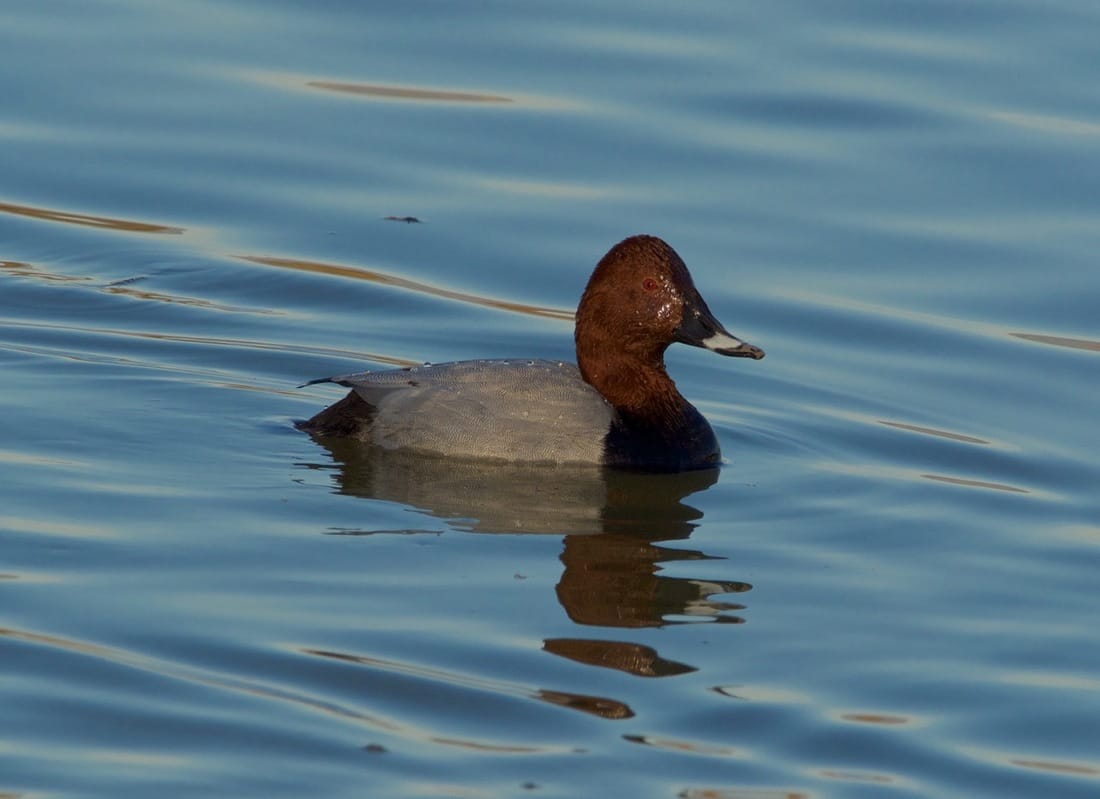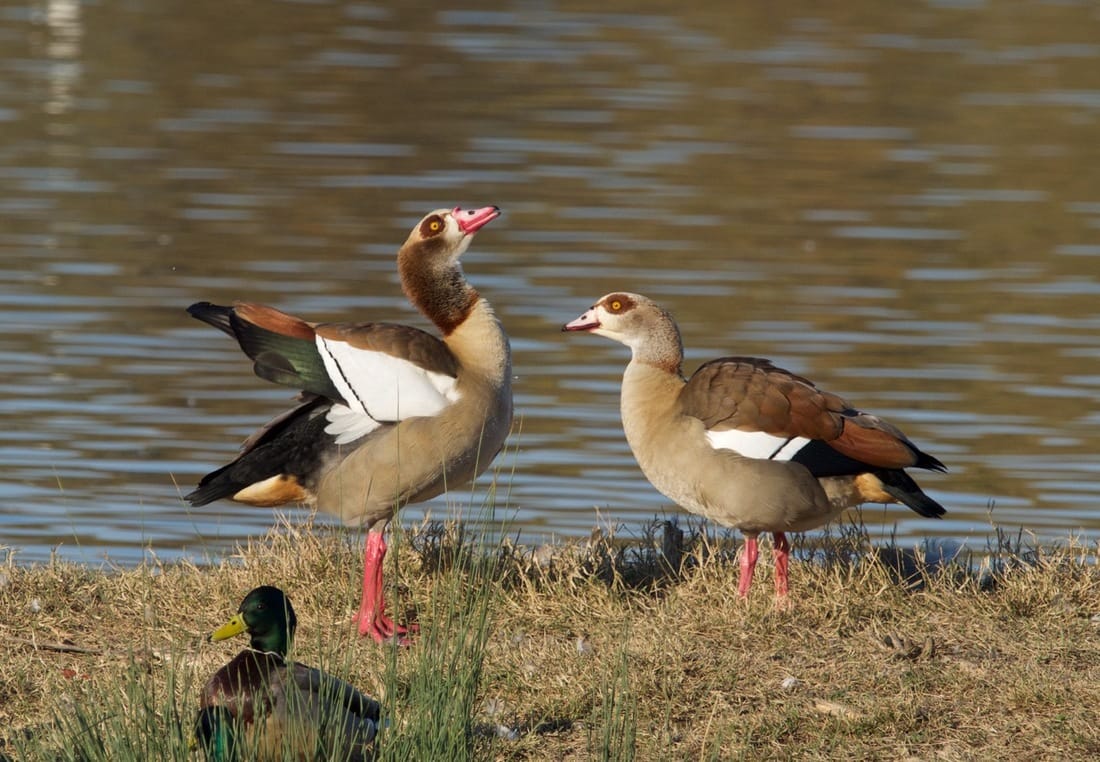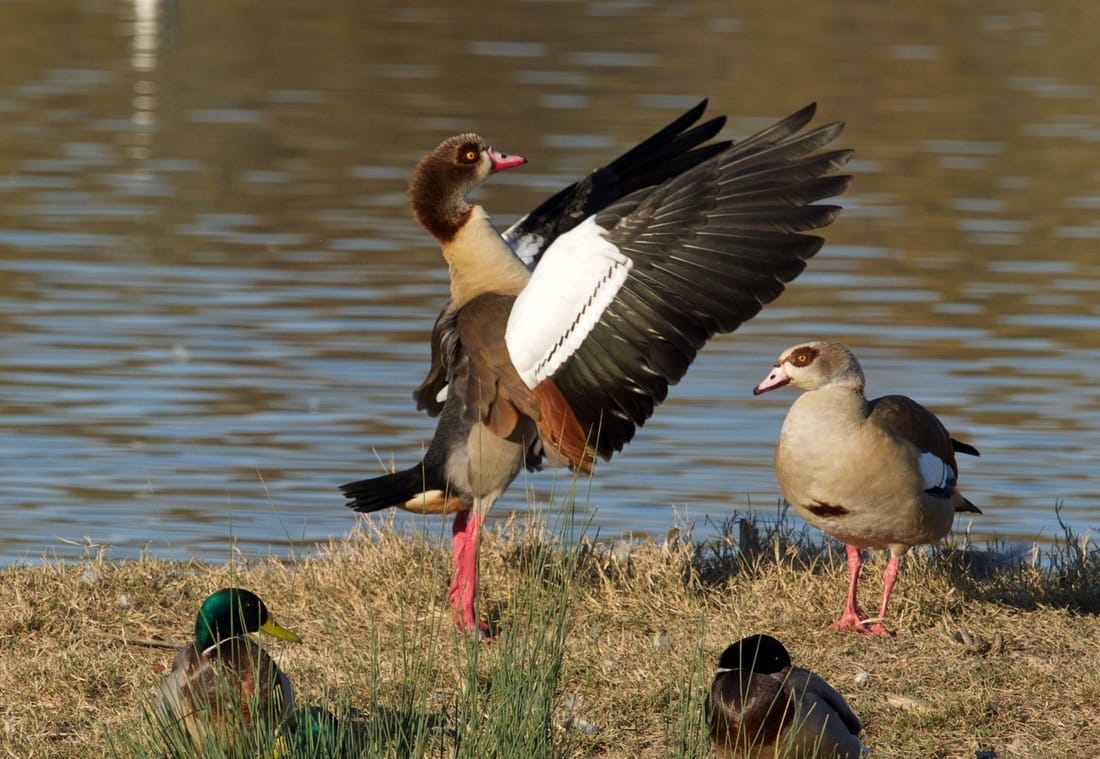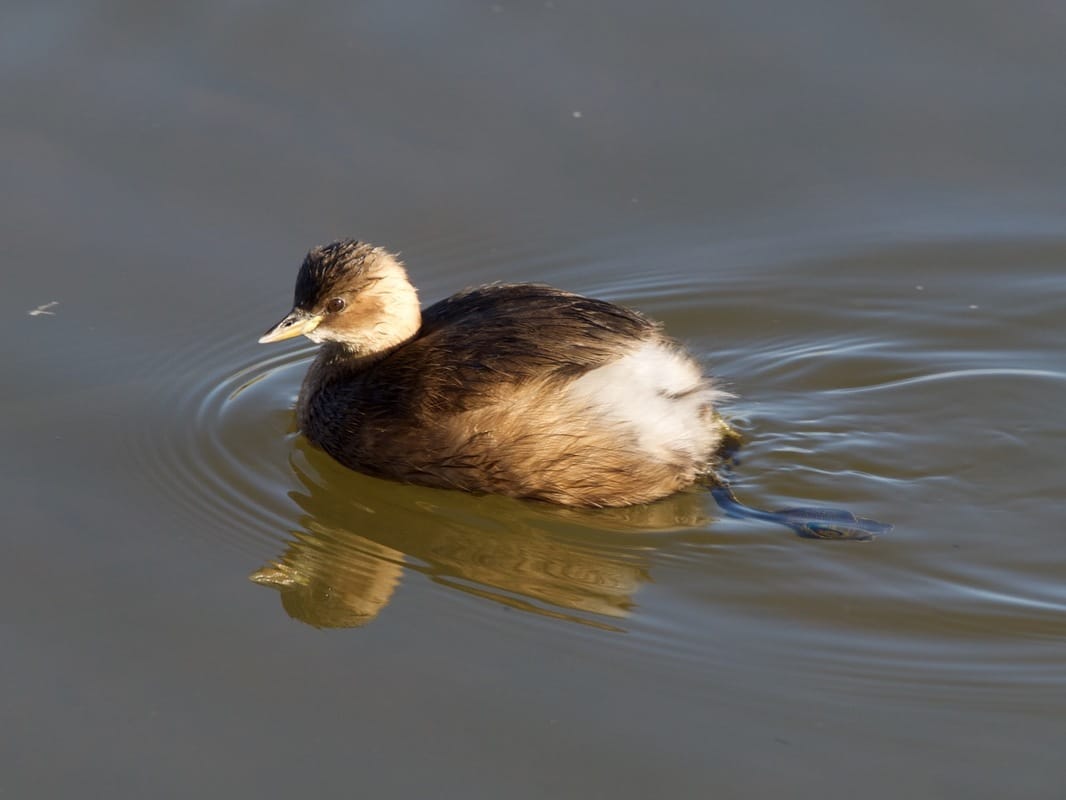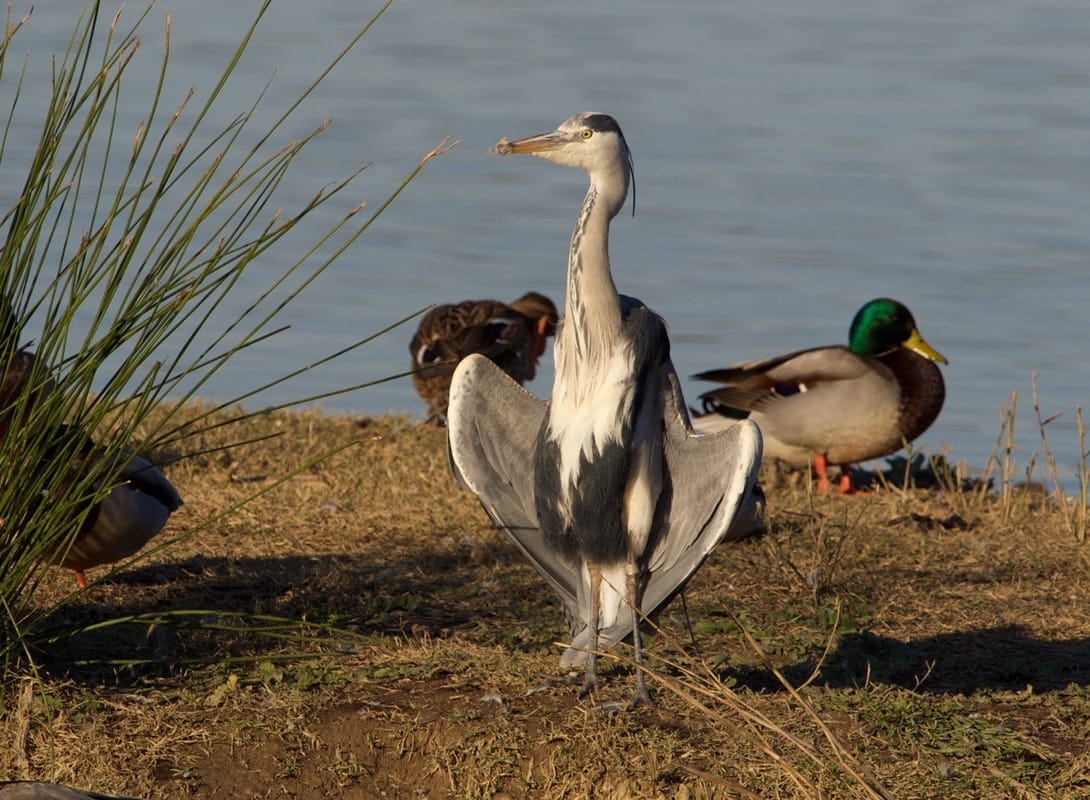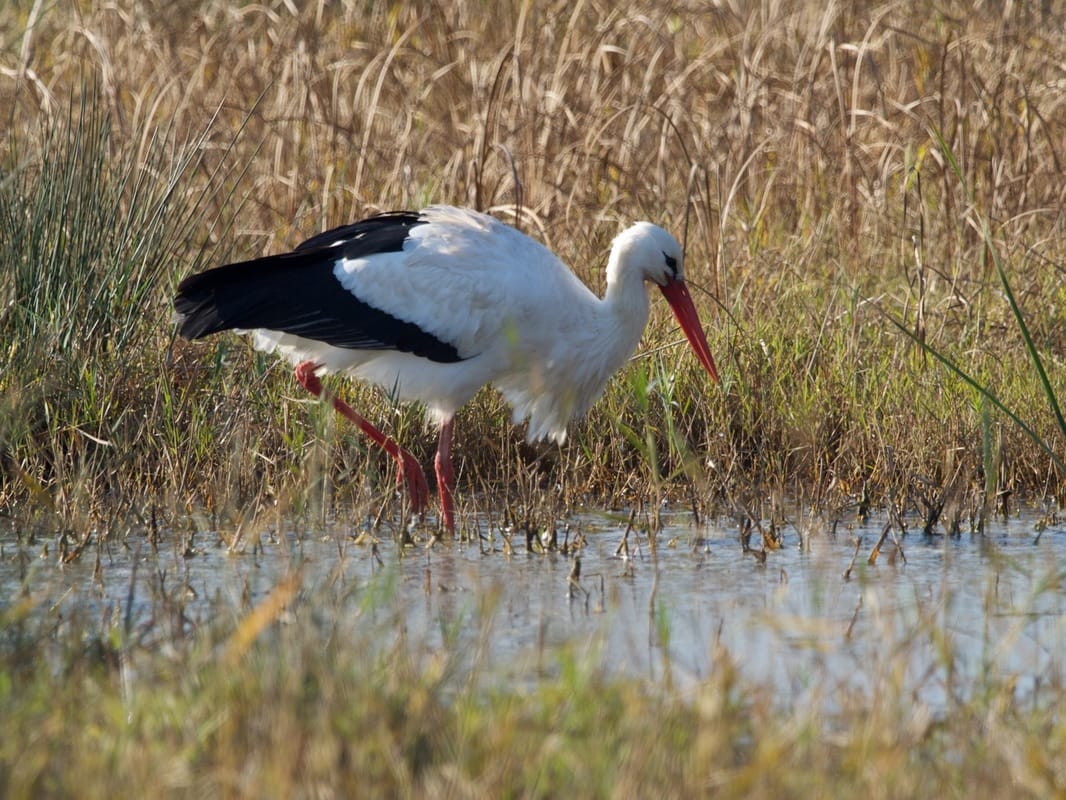One week before Christmas, with sun forecast for the weekend – to be followed by cold, grey days – we decided to go to the high foothills of Canigou, which so often appear in these blogs. I was not convinced of the wisdom of this, as when we started it was still quite cloudy; in fact the mist seemed to stay around the Albères and the lower Pyrenees, but it slowly cleared above us, and the high, snowy peaks appeared wonderfully – as Martine’s photographs well show.
Otherwise, we soon saw the large flock of alpine choughs which live up there, and there were also several flocks of partridges; they flew before we could get a proper look at them, and we always assumed that they are red-legged. Despite the varying colour shown in my bird books, they always seem to appear a brownish grey in the sunlight, and fly fairly fast.
There were also a few large flocks of finches; it was very hard to get much of a proper view of these, but when one bird did settle long enough for me to get a decent look, it turned out, rather to my surprise, to be a goldfinch. That need not mean that the whole flock was the same; finches elsewhere often fly in mixed flocks throughout the autumn and winter, and the same may well happen here.
The presence of these flocks, especially of the partridges and finches, I think, shows the benefit to the local biodiversity, of the transhumance which still brings the flocks of sheep, and the other herds up to these high, open uplands. (The ponies were still there, but the sheep and cattle were much further down.) Elsewhere, the partridges and finches are essentially birds of farmland, and I have no doubt that the cropped herbage, the grazed bushes, and regularly-placed deposits of various brands of manure replicate the farmed habitat. Our friends, the marmots, were presumably asleep far under the bleached grass.
Amid this brilliant, lightly snowy scene, a true glimpse of winter, I found two, isolated gentians still in bloom, their beautiful blue as bright as the sky, bringing memories of wonderful summer days spent on the heights.
